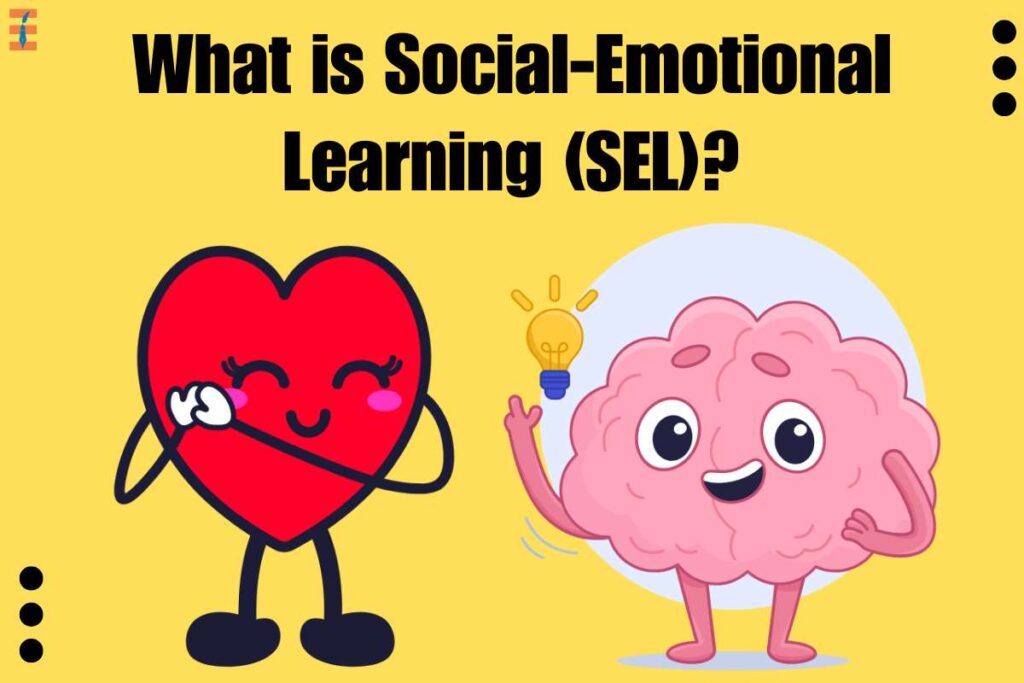The acronym Social-Emotional Learning stands for “social-emotional learning,” which is an approach to teaching that incorporates activities and lessons designed to develop students’ social and emotional abilities. In addition to “socio-emotional learning,” “social and emotional learning,” and “social–emotional literacy,” SEL may also be referred to as these terms. Social-Emotional Learning places the same amount of emphasis on social and emotional abilities as it does on other disciplines, such as reading, mathematics, and science. This is the standard approach.
The Elements That Make Up Social and Emotional Learning

- Self-awareness may be defined as the capability of being aware of one’s own feelings and forming a healthy notion of one’s own self.
- Self-management may be defined as the capacity to control one’s own feelings and to keep an eye on one’s own actions. This is especially relevant when discussing personal objectives and the inspiration that comes from the inside.
- The capacity to be aware of the feelings and the social circumstances of other people is referred to as social awareness.
- Relationship skills refer to the ability to cultivate connections and effectively communicate within such interactions.
- The capacity to find solutions to issues and to be accountable to oneself is essential to making responsible decisions.
Gains to Be Obtained Through Social and Emotional Learning

Children and adults alike may benefit from Social-Emotional Learning since it raises levels of self-awareness, academic accomplishment, and good behaviors in and outside of the classroom. Academically speaking, kids who engaged in SEL programs reported an increase of 11 percentile points in their overall grade point average as well as an improvement in their attendance. On a more personal level, it has been shown that the skills acquired via participation in a Social-Emotional Learning program may help students better deal with emotional stress, find solutions to issues, and avoid giving in to peer pressure to participate in risky behaviors.
BOTTOM LINE
What exactly is meant by the term “social-emotional learning” (SEL), and why should teachers care about it? When you’re a teacher, one of the most frustrating things to hear a kid say is anything along the lines of “This is ridiculous” or “Why are we studying this?” Think back to when you were in school and the topics that were the most difficult for you to understand. What were they?
If you were to ask your pupils what they wish they knew more about, the answer would probably be that they wish they were given clear explanations of why something was essential and how mastering a topic or skill will help them now as well as in the years to come. The concept of social and emotional learning, often known as Social-Emotional Learning, refers to a set of guiding principles that emphasize the need of recognizing and effectively managing negative emotions, as well as foster respectful relationships with one another.
Today, in a world that is becoming more diverse, the classroom is the setting in which kids are often introduced for the first time to individuals who come from a wide variety of different origins, hold a variety of different opinions, and have special skills. The goal of social and emotional learning (SEL), which aims to help students better understand their own thoughts and emotions, become more self-aware, and develop more empathy for others within their community and the world around them, is to take into account these differences and help put all students on an equal footing to succeed.
Students who cultivate these characteristics in the classroom have a higher chance of becoming better citizens outside of the classroom in the years to come, including being more productive, more self-conscious, and more socially aware. Gain a better understanding of the significance of social and emotional learning, as well as the positive effects it may have both inside and outside of the classroom.
Also Read: How to Boost Social-Emotional Learning?










